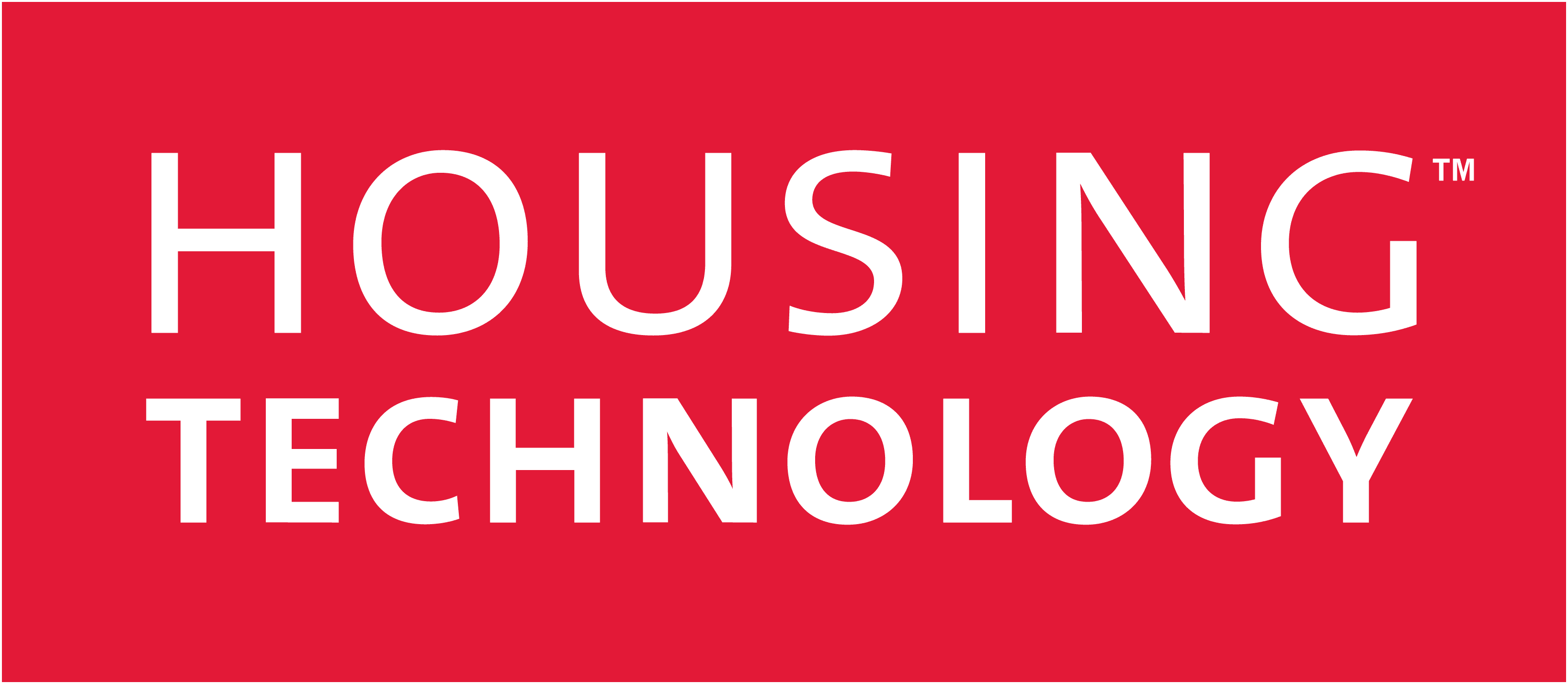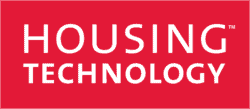Housing Technology recently received some interesting insights from Trimble Field Service Management around the main trends for mobile working in 2015. These include:
- Robust and flexible platforms: housing providers are looking to mobile solution providers to deliver platforms across the organisation as the foundation for innovation. IT suppliers therefore have to be ready to add, extend and integrate technologies as needed, giving housing providers the ability to adapt and innovate. These platforms need to be cloud-based and flexible so that they can configure and manipulate modules and functionality as they see fit.
- More security: As the Internet of Things becomes more pervasive, there will be greater demand for advanced security applications. Security involves not only safeguarding network entry but also ensuring that every mobile device is fortified. That means equipping every tablet, smartphone and laptop with updated security tools and protocols, and educating users on the importance of adhering to security policies.
- Embedded analytics: Deploying mobile solutions with sophisticated analytics tools will enable managers to improve operations, service quality and overall performance with real-time visibility into their business using data gathered from smarter mobile apps and equipment sensors.
- Greater integration: As telematics and workforce management solutions become more integrated with mobile devices, the opportunities to increase efficiency and productivity are growing exponentially. Mobile apps can provide critical information such as daily tasks, rent and arrears information, tenant histories and the location of workers with specific skills in order to make better decisions, recruit help from other workers and complete more ‘first-time fixes’.
- The Internet of Everything: By 2020, Gartner predicts that 26-billion devices, other than smartphones, tablets and computers, will be connected via the Internet of Things. Connecting IoT-enabled equipment with workers’ mobile devices and back-office systems in real time will therefore become a necessity in order to provide diagnostics and performance metrics as well as to track patterns and trends for long-term planning.
- Enhanced network reliability: As housing providers adopt mobile solutions to improve their operations, they no longer can ignore the underlying IT infrastructure. Hybrid clouds, virtualised servers and scalable, high-capacity storage give e-networks the agility they need to stay flexible, efficient and productive; neglecting these areas can impact performance, impede productivity and escalate IT costs.
- Evolving workforces: According to Aberdeen Group, approximately 20 per cent of the current workforce is under 30 and have grown up fully connected. Almost two-thirds of the top performing field service organisations have incorporated a bring your own device (BYOD) strategy as a result of a more tech-savvy workforce, and 43 per cent are more likely to give staff access to social media and collaborative tools to facilitate knowledge transfer.


